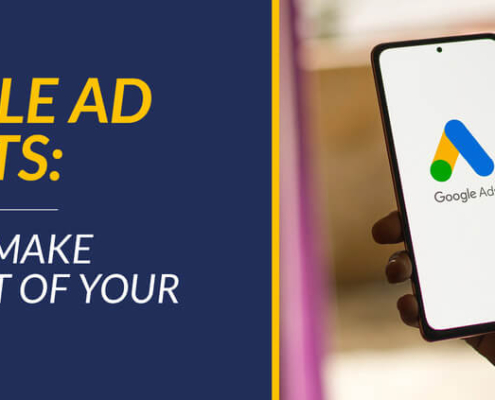
Google Ad Grants: How to Make The Most of Your Free Ads
Imagine having $10,000 each month to get your nonprofit in front…

Beyond the Basics: 14 Educational Resources for Nonprofits
As a nonprofit professional, you understand the importance of…

Getting Your Nonprofit Tagline Right: Top Tips and Examples
Taglines are the quickest and most efficient way in your marketing…